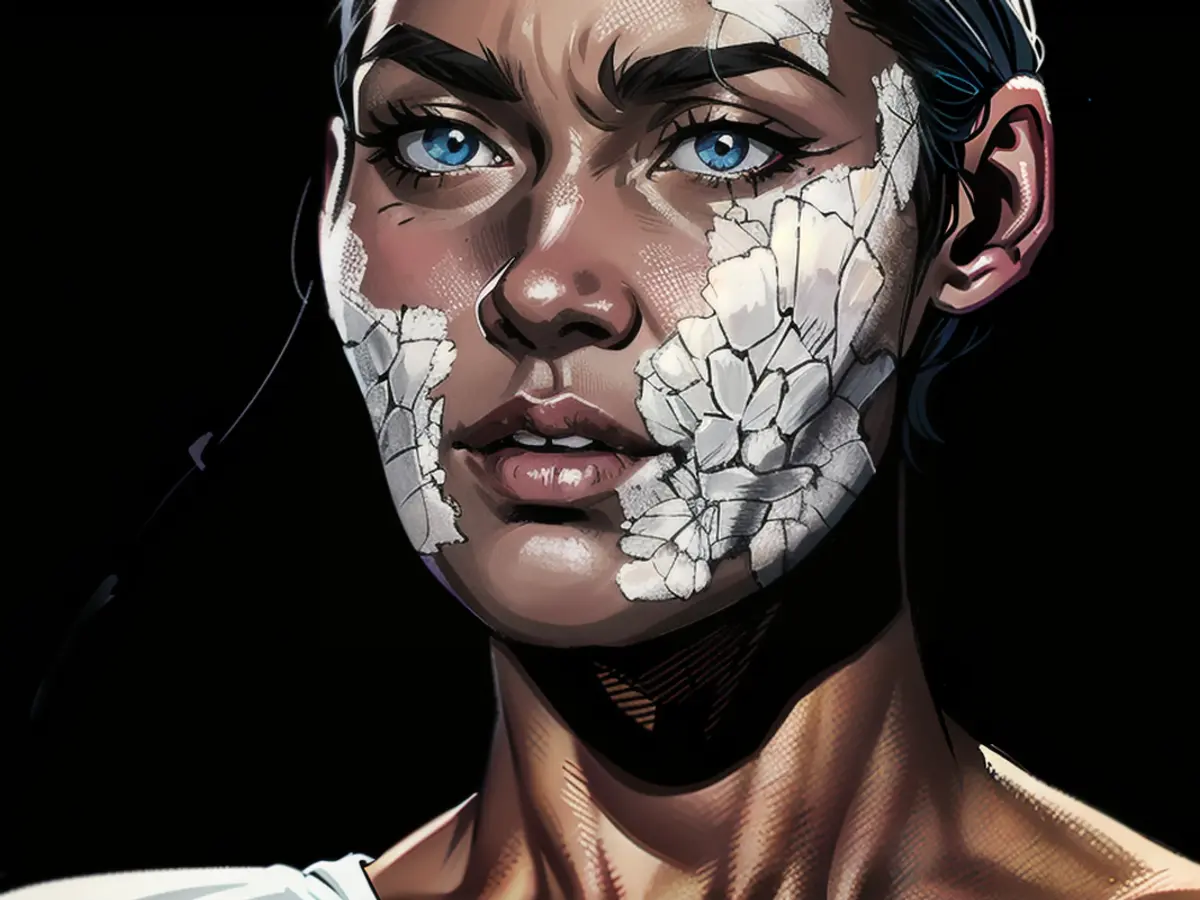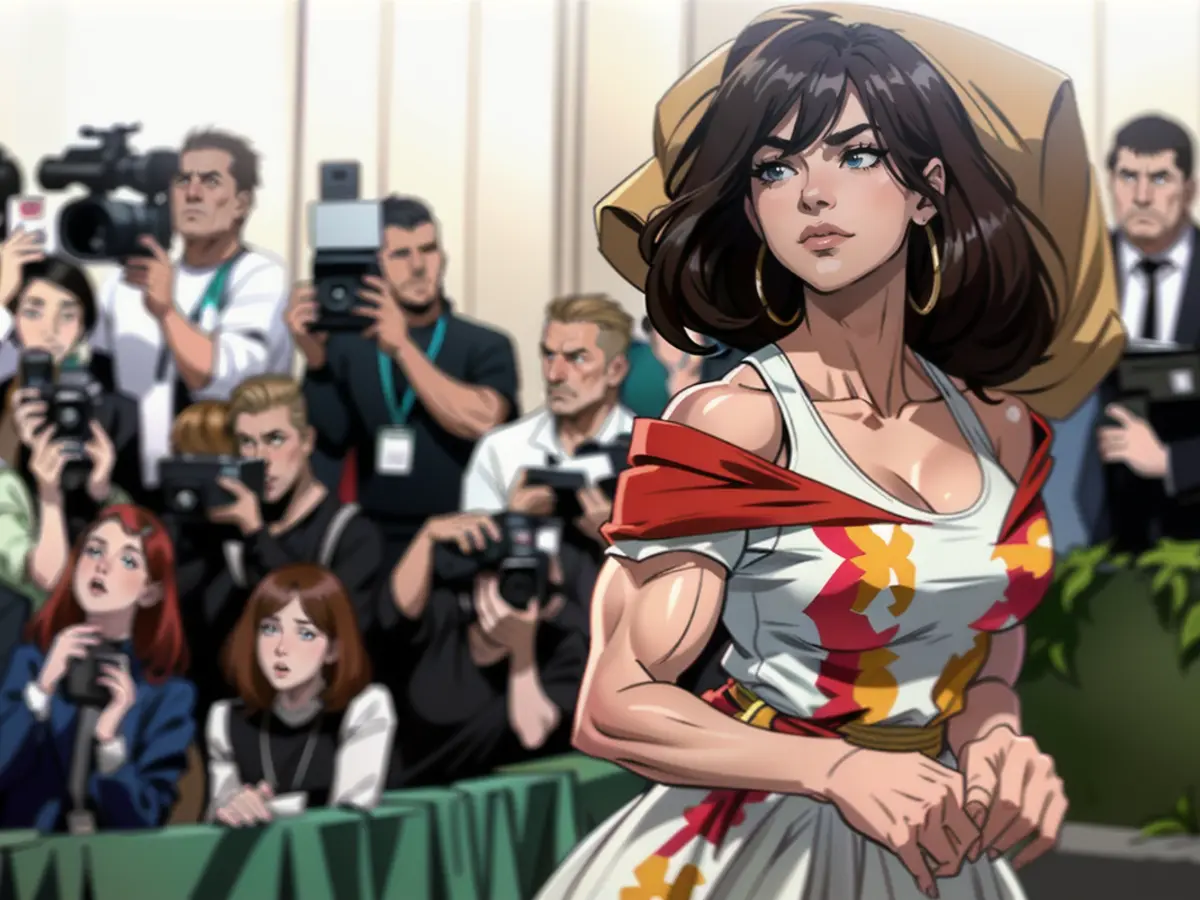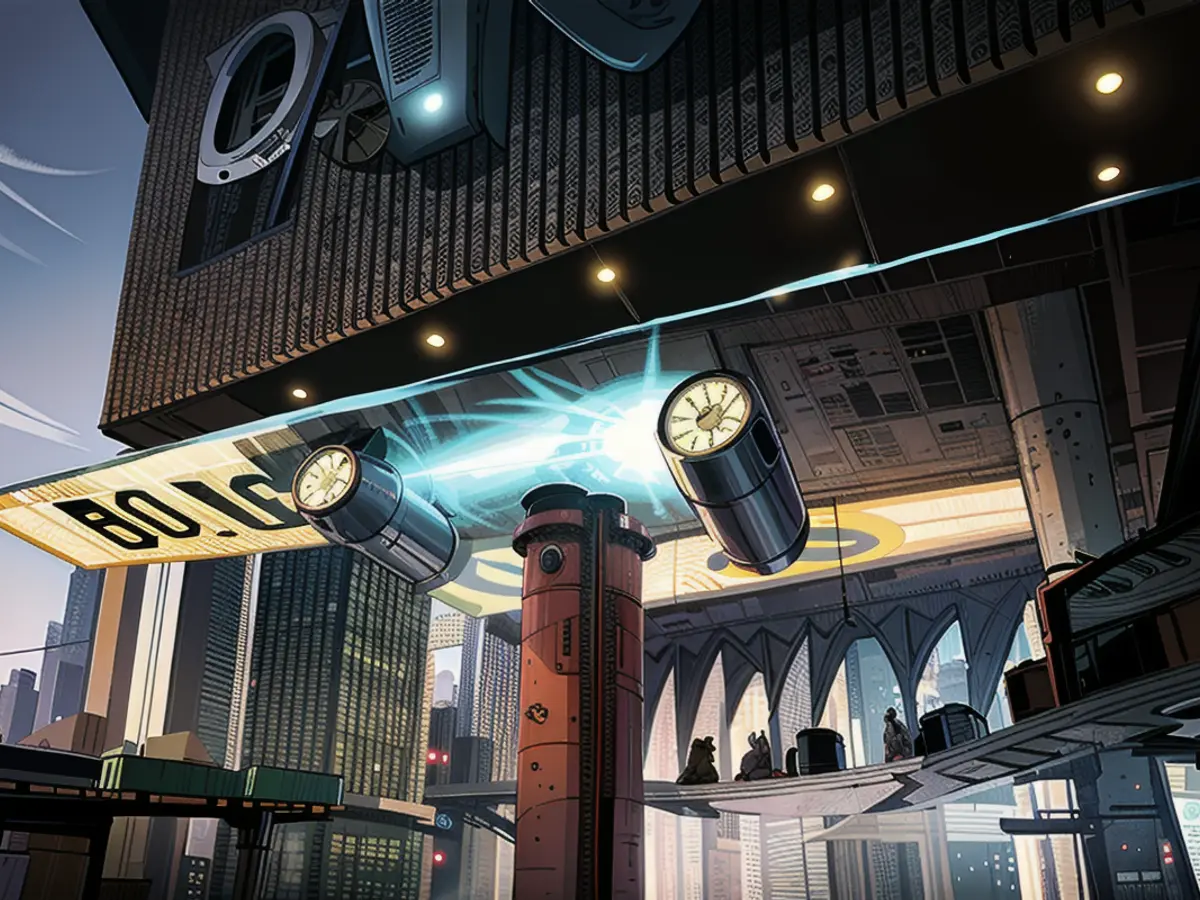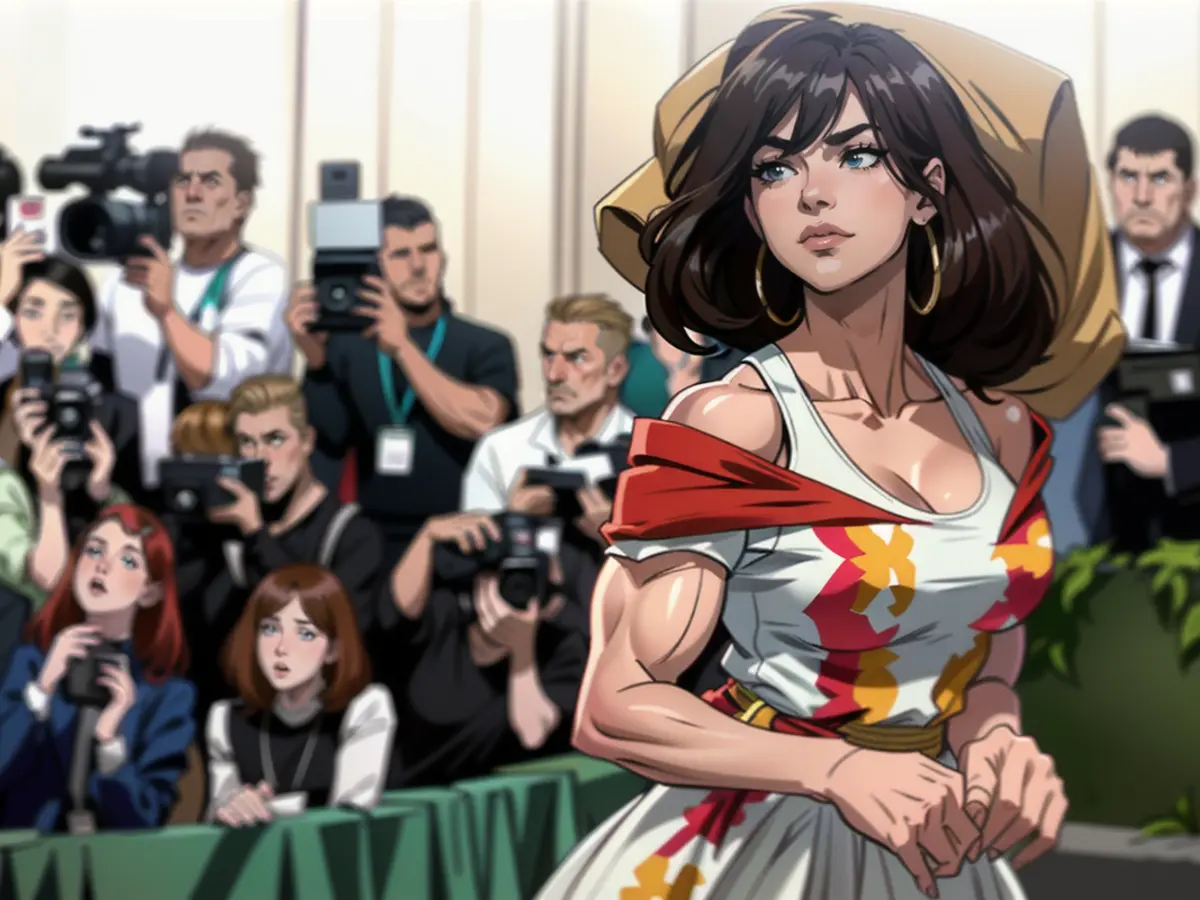The Met Gala and "The Garden of Time" - Exploring Society's Fascination with JG Ballard's Concepts
In February, the Met announced that J.G. Ballard's 1962 short story "The Garden of Time" would be the theme for this year's red carpet event. This coincides with the main exhibition named "Sleeping Beauties: Reawakening Fashion," showcasing pieces from the Costume Institute archive spanning four centuries. Several of these garments are so delicate that they cannot be touched or worn without proper conservation equipment. According to Bolton, it's a tribute to nature and the emotional depth of fashion.
In Ballard's "The Garden of Time," Count Axel and his wife live in a stately Palladian villa with an expansive fenced estate. A field of glass-like "time flowers" bloom, while beyond the horizon, a whip-wielding angry crowd approaches the Count's villa. Every day, Axel picks a time flower, turning back the clock and halting the crowd's advance until all the blooms are harvested - an inevitable outcome presented in the story's brief pages. This tale, with its themes of decay, ruin, beauty, and fragility, resonates directly with the "Sleeping Beauties" theme.
J.G. Ballard's works are not renowned for their glitz and glamour. The late British author, who passed away in 2009, had a career almost entirely focused on dystopian catastrophes, unrestrained violence, and the disintegration of the middle-class psyche. Whether his scenes take place in a luxury high-rise apartment or a wealthy gated community in Southern France, Ballard's thesis remains consistent: The shiny veneer of upper-middle-class existence is a mere moment before shattering.
While Ballard may not be a household name, his disturbing musings on human psychology are familiar. Consider his 1987 film "Empire of the Sun," based on his 1984 novel detailing his own experience in a Chinese internment camp during World War II, or David Cronenberg's 1996 film "Crash," centered around individuals aroused by car crashes, both of which faced mixed audiences at their premieres. Ballard's perspective has seeped into other areas, including art, music, architecture, and fashion, more pervasively than any other 20th-century author.

In 2021, American designer Thom Browne paid homage to "The Garden of Time" at New York Fashion Week with his Spring-Summer collection showcasing T-shirt dresses decorated with Greek and Roman imagery and streaks of clay cracking across models' faces. Israeli designer Alon Livne created a 2013 collection inspired by "The Crystal World," while London-based designer Andrew Groves unveiled a Spring-Summer collection in 1998 based on "Cocaine Nights."
“Ballard has this ability to take the ordinary, make it horrific, and subvert it,” Groves, who has been borrowing Ballard's books for nearly three decades, explains. “He recognized the dystopian aspects of the 20th century, and designers like myself, McQueen, used fashion as a lens to contemplate its place in society and what it means.”
"Crash" remains the Ballard story most frequently adapted on the runway. Its disturbing images of crumpled metalwork, black eyes, and fishnets have stood as a reference point for various designers, from ambitious college graduates to established fashion week staples. In 1997, designer Jeremy Scott made his Paris Fashion Week debut with this aesthetic, even going so far as to send French TV journalist Marie-Christiane Marek a real car door as part of her invitation.

"I still remember being so astounded by the parts where people got excited about car accidents, with crushed metal, smoke, and mangled bodies," Scott recalls. His debut collection was titled "Body Modification," featuring hospital gowns styled like couture dresses and clear plexiglass inserts connected to the models' feet. "The gowns were made of paper," he states. "It was all about their ephemerality. And with the Met Gala theme, the transient beauty that fades despite our attempts to preserve it, echoes fashion's fleeting nature."
The Met's 2022 Gala will celebrate the fragility and transience of time and beauty, as embodied in the aforementioned Ballardian works. These creations, both tragic and captivating, promise to enchant and captivate the audience.
The effect of "Crash" on the arts has expanded like a spilled oil slick. In 1986, British architect Nigel Coates built Caffè Bongo in Tokyo - a restaurant sporting a lifesize plane wing crashed onto a Roman column on its façade. "I'm more intrigued by architecture culture and how it can be expanded in various ways, rather than the validation of architecture through building," said Coates in a 2011 lecture on Ballardian architecture. "I see a harmonious connection between the story "Crash," and how the perversity of sexual pleasure mixed with risk and agony can find expression in architecture." Critics temporarily labeled Coates a dangerous architect when many thought the Caffè Bongo project was unfeasible. "I demonstrated them incorrect," he said.

Artists throughout the music world have dedicated entire albums, album art, and song titles to Ballard. Madonna's 1998 track "Drowned World/ Substitute for Love" borrows its name from the 1962 book, while Joy Division's Ian Curtis pilfered the title for the short story "Atrocity Exhibition" before reportedly reading Ballard. Charli XCX's 2022 album "Crash" merges car wreck gore with sexual suggestions, featuring the singer straddling a crushed car bonnet in a black bikini while staring intently at a shattered windscreen, her forehead bleeding slightly. The Manic Street Preachers' 1994 song "Mausoleum" samples the infamous Ballard quote "I wanted to rub the human face in its own vomit, and force it to look in the mirror." Stanley Donwood, Radiohead's resident artist, also received commissions from Fourth Estate Books in 2015 to redesign the look of Ballard's 21 novels.
So what can we expect to witness on the Met steps? As fashion press forecasts a downpour of peony-printed gowns, an examination of Ballard's words might convince celebrities to embrace a darker style. "There's something I believe about fashion being slightly off. That's what renders it fascinating," shared Groves.

Read also:
- Caught up in the present: the end of "The Crown"
- Through New Year's Eve with TV shows
- What's next for the series hits?
- Which shows will be on?
The theme of this year's Met Gala, "Sleeping Beauties: Reawakening Fashion," is influenced by J.G. Ballard's "The Garden of Time," and several fashion designers have been inspired by Ballard's work, integrating his themes into their collections. For instance, Thom Browne's 2021 Spring-Summer collection featured T-shirt dresses with Greek and Roman imagery and clay streaks on models' faces, paying homage to Ballard's short story.
Fashion has often been used as a lens to contemplate society and its place, reflecting the disturbing musings on human psychology found in Ballard's works. Designers like Jeremy Scott have matched the theme of Ballard's "Crash" with their collections, embracing the ephemeral nature of fashion and its fleeting beauty, much like the fragility and transience portrayed in Ballardian works.
Source: edition.cnn.com








